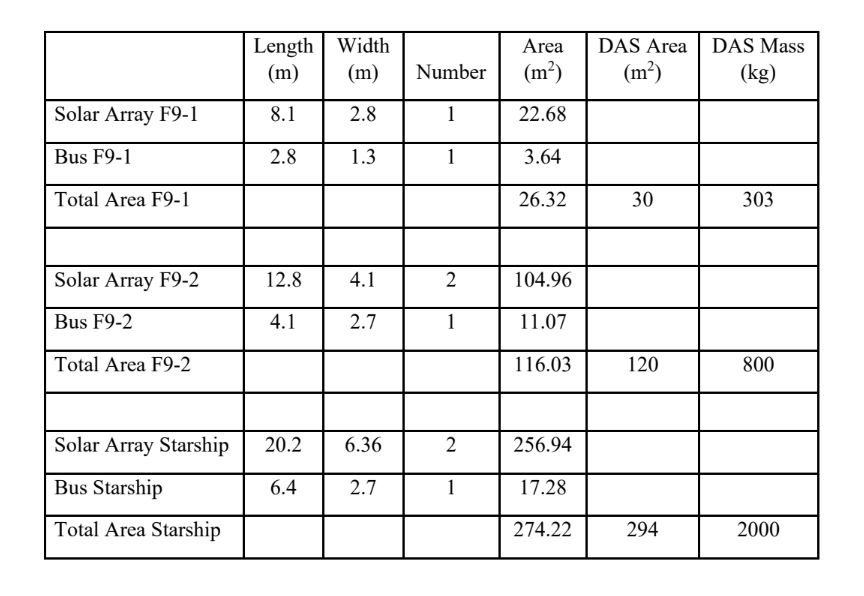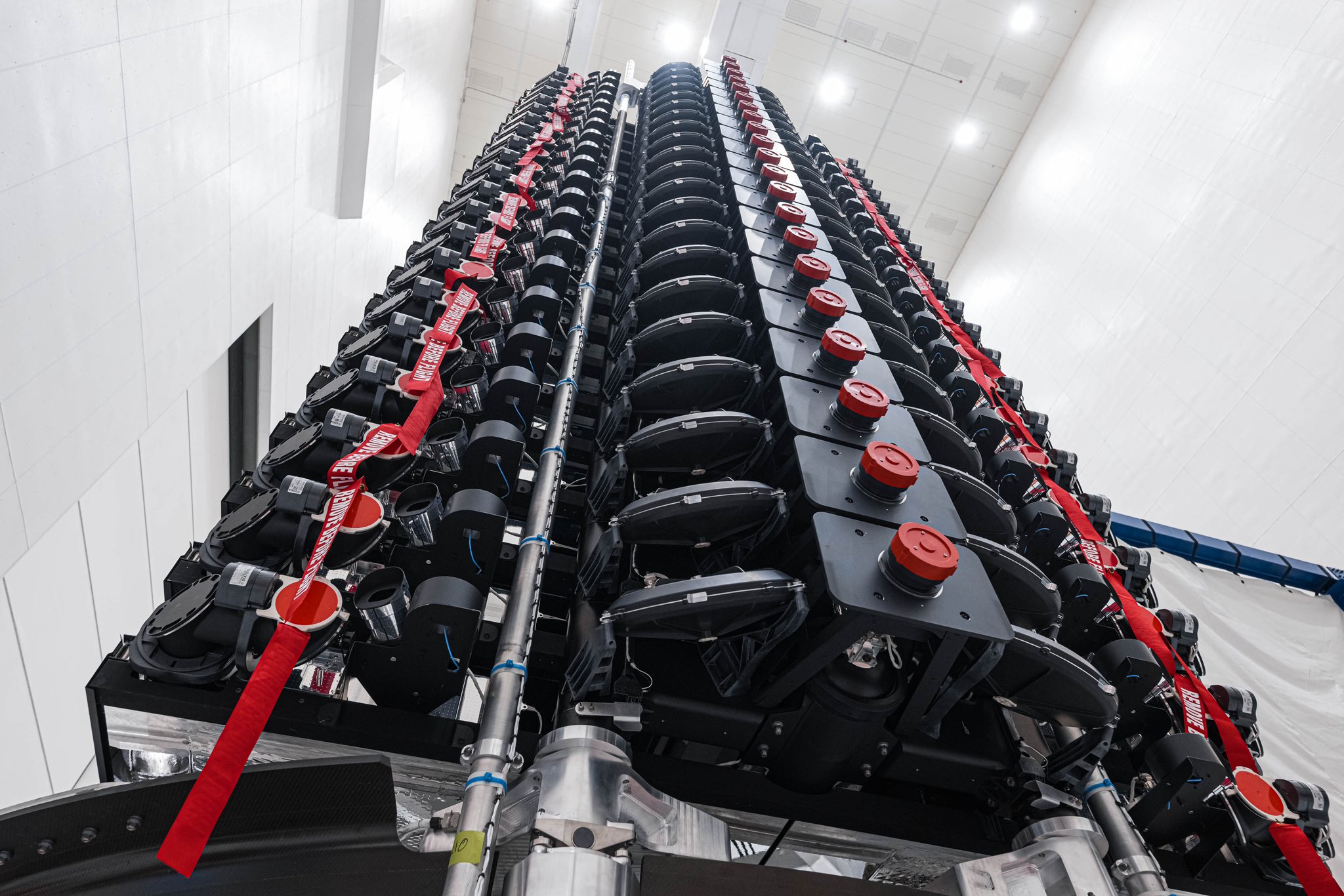SpaceX has released official specifications and photos of its next-generation Starlink V2 Mini satellites, which are set to launch for the first time as early as Monday, February 27th.
The new satellites are the future of SpaceX’s Starlink constellation, and the information the company revealed helps demonstrate why.
SpaceX’s confusingly-named Starlink 6-1 mission will carry the first 21 Starlink V2 satellites into low Earth orbit (LEO) as early as 1:38 pm EST (18:38 UTC) on Monday, February 27th. The satellites will operate under SpaceX’s Starlink Gen2 FCC license, which currently allows the company to launch up to 7,500 of a nominal 29,998 satellites. At the same time as it continues to fill out its smaller 4,408-satellite Starlink Gen1 constellation with smaller V1.5 satellites, SpaceX has already begun launching the same smaller V1.5 satellites under the Gen2 license.
Eventually, those smaller and less capable satellites will likely be replaced with larger V2 satellites, but SpaceX appears to have decided that quickly adding suboptimal capacity is better than waiting for an optimal solution. In theory, that optimal solution is larger Starlink V2 satellites. As discussed in a previous FCC filing, SpaceX intends to operate up to three different types of Starlink satellites in its Starlink Gen2 constellation. The first variant is likely identical to the roughly 305-kilogram (~673 lb) Starlink V1.5 satellites that make up most of its Starlink Gen1 constellation.

Meanwhile, SpaceX has already built and delivered dozens of full-size Starlink V2 satellites to Starbase, Texas. Those more optimal spacecraft reportedly weigh anywhere from 1.25-2 tons (2750-4400 lb) each, offer almost 10 times more bandwidth than V1.5 satellites, and are so large and ungainly that they can only be launched by SpaceX’s next-generation Starship rocket. Starship is substantially delayed, however, so SpaceX chose to develop a third Starlink satellite variant combining many of the full-size V2 benefits into a package that can be launched by SpaceX’s existing Falcon 9 rocket.
Prior to SpaceX’s February 26th tweets, all that was known about those Starlink “V2 Mini” satellites were a few specifications included in a response to the FCC. The new information provided by SpaceX appears to confirm some of those specifications. For example, knowing that Falcon 9 will carry 21 V2 Mini satellites and that the rocket’s current payload record is 17.4 tons, each V2 Mini satellite likely weighs no more than 830 kilograms (~1830 lb). That’s very close to the 800-kilogram estimate provided in the October 2022 filing.
More importantly, SpaceX revealed that each Starlink V2 Mini satellite will have more powerful antennas and access to a new set of frequencies. Combined, each satellite will have up to “~4x more capacity…than earlier iterations” like Starlink V1. Compared to current V1.5 satellites, that means that Starlink V2 Mini could squeeze approximately 50% more network capacity out of each unit of satellite mass. As a result, even though the larger V2 Mini design has reduced the number of satellites Falcon 9 can launch almost threefold, the 21 V2 Mini satellites it can launch will add ~50% more bandwidth than the ~57 V1.5 satellites it would have otherwise launched.
The larger satellites mean that it will take three times as many Falcon 9 launches to expand Starlink V2 coverage, but the areas that are covered will have the capacity to serve several times more customers or deliver much higher bandwidth to the same number of customers.
SpaceX also announced that it has developed a new argon-fueled Hall effect thruster for Starlink V2 satellites. To avoid the high costs of xenon propellant, the most common choice of fuel for electric propulsion systems, SpaceX already developed a first-of-its-kind krypton Hall effect thruster for Starlink V1 and V1.5 satellites. Spread over the almost 4000 Starlink V1.x satellites SpaceX has launched since May 2019, the relatively low cost of krypton (roughly $500-1500/kg vs. $3000-10,000+/kg for xenon) has likely saved the company hundreds of millions of dollars.
The shift from krypton to argon could be similarly beneficial. Relative to krypton, the argon required to fuel Starlink V2 satellites will be practically free. 99.999%-pure argon can be purchased in low volumes for just $5 to $17 per kilogram, and each Starlink V2 Mini satellite will likely need less than 80 kilograms. SpaceX likely spent around $50 million (+/- $25M) on krypton for the almost 4000 Starlink V1 satellites it’s launched to date. As a result, even if every Starlink V2 satellite needs an excessive 200 kilograms of argon, fueling its next constellation of almost 30,000 V2 satellites could cost SpaceX less than fueling 4000 V1 satellites.
Tune in below around 1:30 pm EST (18:30 UTC) to watch SpaceX’s first Starlink V2 launch live.


Your perspective on this topic is very interesting. Thanks for the detailed explanation.